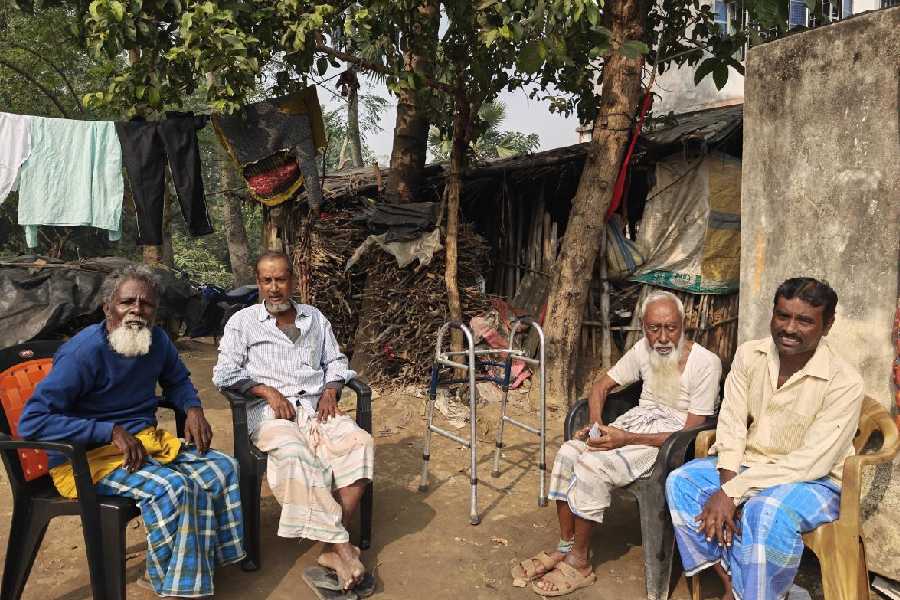Will New India now be haunted by ghosts of dinners past? In a first-of-its-kind study, researchers at the University of Cambridge have analysed lipid residues in ancient ceramic vessels from the Indus Valley civilization to reveal a dominance of animal products like the meat of pigs, buffalo, sheep and goat. Given the polarized political climate, India’s original inhabitant could well be considered a pariah in New India. Such speculations may not be entirely specious. Even hallowed precincts — museums and cultural institutions — are turning their noses up at certain aromas. Earlier this year, non-vegetarian dishes such as fish in turmeric stew and a steaming pot of offal that were part of an exhibition at the National Museum in Delhi on the culinary taste of the Indus Valley civilization were shown the door at the behest of queasy babus mindful of the tastes of their political masters. Those tasked with the project of rewriting Indian history would, however, smell an opportunity. Turning Indus Valley meatless would be a significant achievement for the fraternity that views history not through facts but through ideological lenses.
The ideological contamination of cuisine is, of course, a recent phenomenon. Consumption of food and choice of cuisine are inevitably determined by ecological and economic conditions. Consider the tradition of the sale of unproductive, aged cattle by farmers. It generates the necessary capital for farmers to purchase new animals, lowers expenditures and sustains the meat industry that caters to around 70 per cent of India’s population. A blanket ban on cattle slaughter — Karnataka is the latest state to pass such a bill — would disrupt these interconnected networks and intensify hunger among marginalized people for whom meat is an affordable source of protein. This is all the more alarming since a recent survey by Hunger Watch found that there has been a significant decline in the food intake among Dalits, Muslims and backward classes — the primary constituency of meat-eaters — in recent times. India’s battle against malnutrition could well intensify as a result of economic decline and the passage of thoughtless, puritanical legislations.
But a majoritarian turn in the political climate is not the only factor that has turned the weather rough for meat-eating communities. They are facing a global ethical backlash: meat-eating, science is arguing, contributes to climate change. The solutions would make the meat-eater drop his platter of beloved kebabs. Singapore has become the first country to approve a “cultured meat” product — flesh-equivalents produced in bio-reactors that do not require the slaughter of an animal. Mutton chnaap could soon make way for, say, soya steak. But not only are these substitutes nutritionally deficient, they also taste nothing like the real stuff. In countries like India that do not depend on mass-produced animal protein — Indians consumed only 3.16 kilogrammes of meat per capita per annum in 2017 compared to Singapore’s 71 kg and America’s 98.6 kg — lab-grown meat, much like bigoted legislations, can disrupt the links that make agriculture sustainable.
Leaving a lighter carbon footprint is a laudable goal. However, imposing a unilateral template of consumption is not only antithetical to choice, the kernel of democracy, but also inimical to community health.












